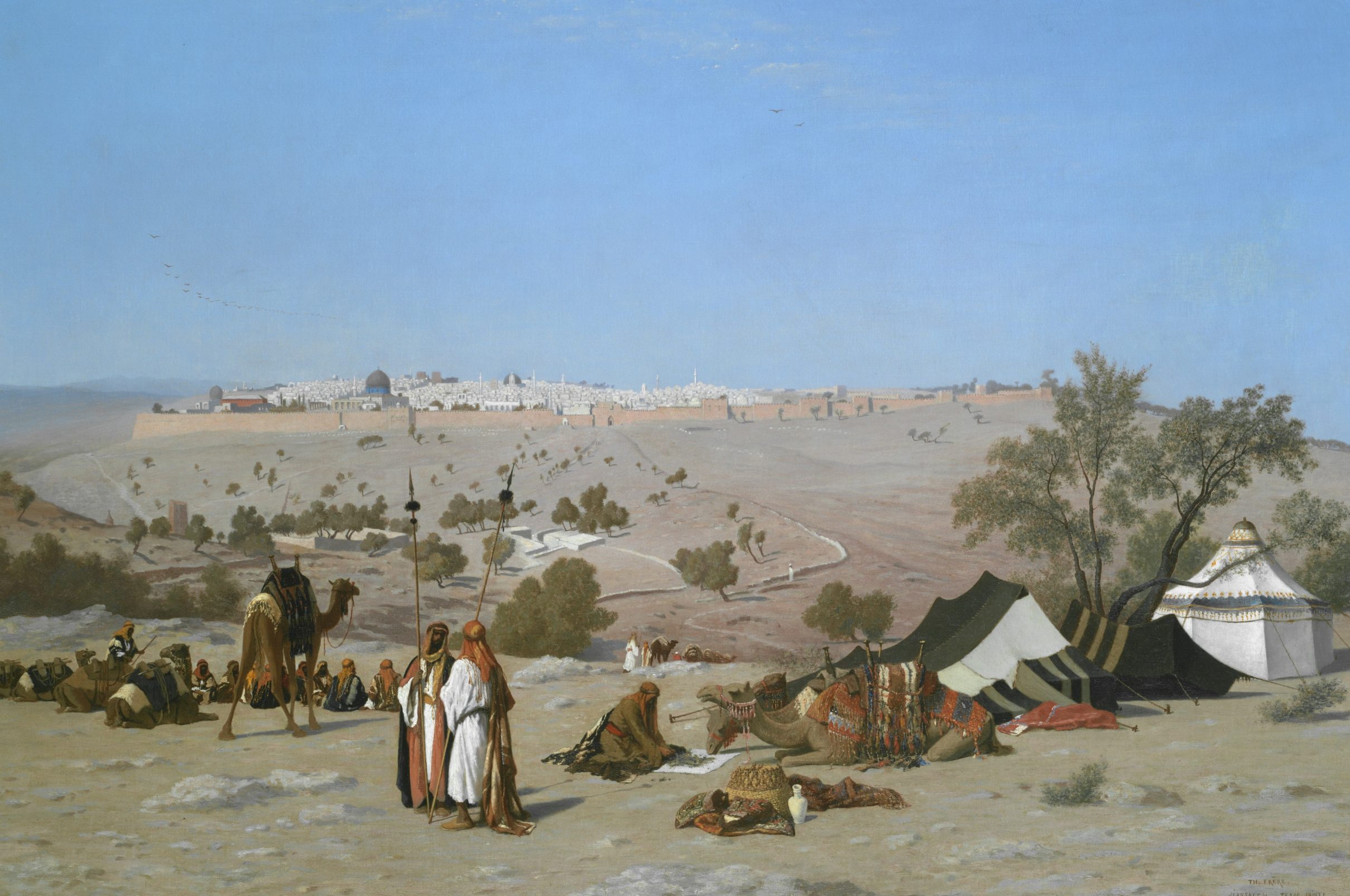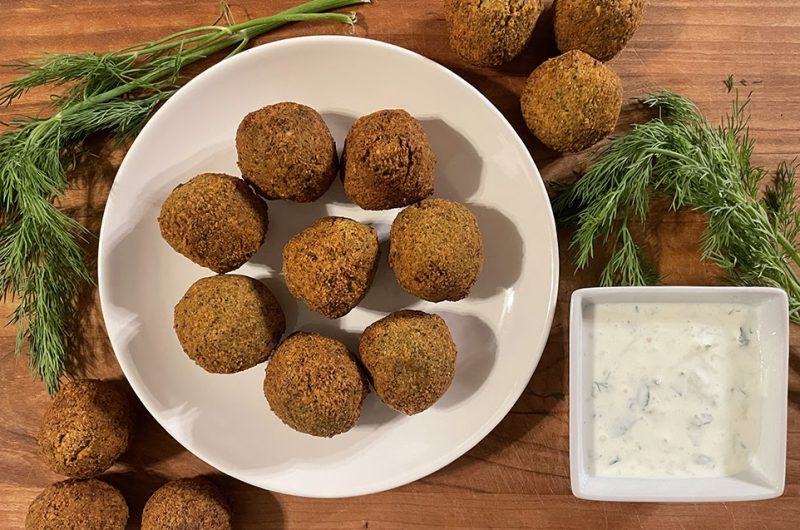
ABOUT THE ART
Frère, Charles-Théodore. Jerusalem from the Mount of Olives. By 1880. Oil on canvas. 29 1/2 x 43 1/2 in. Catharine Lorillard Wolfe Collection, Bequest of Catharine Lorillard Wolfe, 1887. Accession Number: 87.15.106. New York. The Metropolitan Museum of Art.
Catharine Lorillard Wolfe, a collector from New York, commissioned Frère to create this panoramic view by 1880, which was noted to be in her possession at that time. As the artist had not visited the Holy Land in two decades, having last gone there as part of Empress Eugénie’s entourage in 1861, it is likely that the composition was inspired by one or more previous studies or photographs.
Saint James of Jerusalem – October 23rd or May 3rd
St. James was the brother of Jesus and the first leader of the church after Jesus death and resurrection. It is clear from the book of Acts that the early church looked to him for leadership and to resolve the church’s first conflicts. James was a pious jew, who was not among Jesus’ first disciples, but apparently converted later, and became the leader of the church in Jerusalem, the first center of Christianity. He is most known for writing the Epistle of St. James, which is the New Testament’s wisdom book. It has long been a favorite of the oppressed and poor in the world. Martin Luther, the reformer, famously did not like it, referring to it as an “epistle of straw” and James as “little Jimmy.” This was because the Book of James is intensely practical and says, “faith without works is dead.” However, to think of James’ message as being just about works would be missing his larger point. He gives one of the best summaries of a theology of grace in Chapter 1, “Every good and perfect gift, and every generous act of giving, comes down from the Father of Lights.” In other words, everything is grace!
We are having falafel, which is a common Jerusalem street food, perfect for this saints with a heart for the poor. This is a fried chickpea patty served on a pita with a special tahini sauce.

Falafel
Falafel is a popular Middle Eastern dish made from ground chickpeas that have been seasoned with a variety of herbs and spices. The mixture is then formed into small balls and deep-fried until crispy on the outside and tender on the inside. It has a crispy texture and a savory flavor with a hint of spice.
Keep the screen of your device on
Ingredients
1 cup 1 (1/2 lb) dried chickpeas
2 cups 2 a combo of fresh cilantro, parsley, and mint leaves
6 6 scallions (sliced, white and pale green parts only)
2 cloves 2 garlic, minced
1 tsp 1 cumin
1/2 tsp 1/2 coriander
2 tsp 2 salt, plus more for seasoning
2 - 3 cups 2 - 3 vegetable oil, for frying
Directions
- Rinse chickpeas and place in a large bowl. Cover with cold water and let stand at room temperature overnight. The next day, drain, rinse, and carefully dry the chickpeas. Using a salad spinner, if you have one, is a nice technique for drying the chickpeas.
- Combine chickpeas, herbs, scallions, garlic, cumin, coriander, and salt in a food processor. Pulse until chickpeas are very finely minced.
- Transfer mixture to a bowl, cover, and place in refrigerator for 15 minutes.
- Using a tablespoon, scoop out heaping spoonfuls of the mixture into your hand. Gently shape each into a ball and place them on a clean plate.
- Fill a deep Dutch oven with 3/4 inch of oil. Heat over high heat until oil registers 375°F. Carefully lower chickpea balls into oil one at a time. Allow to cook undisturbed until well browned on bottom sides, then carefully flip balls until browned on second side, about 4 minutes total. Transfer cooked chickpea balls to a paper towel–lined plate and season with salt. Repeat with remaining chickpea balls. Serve immediately.